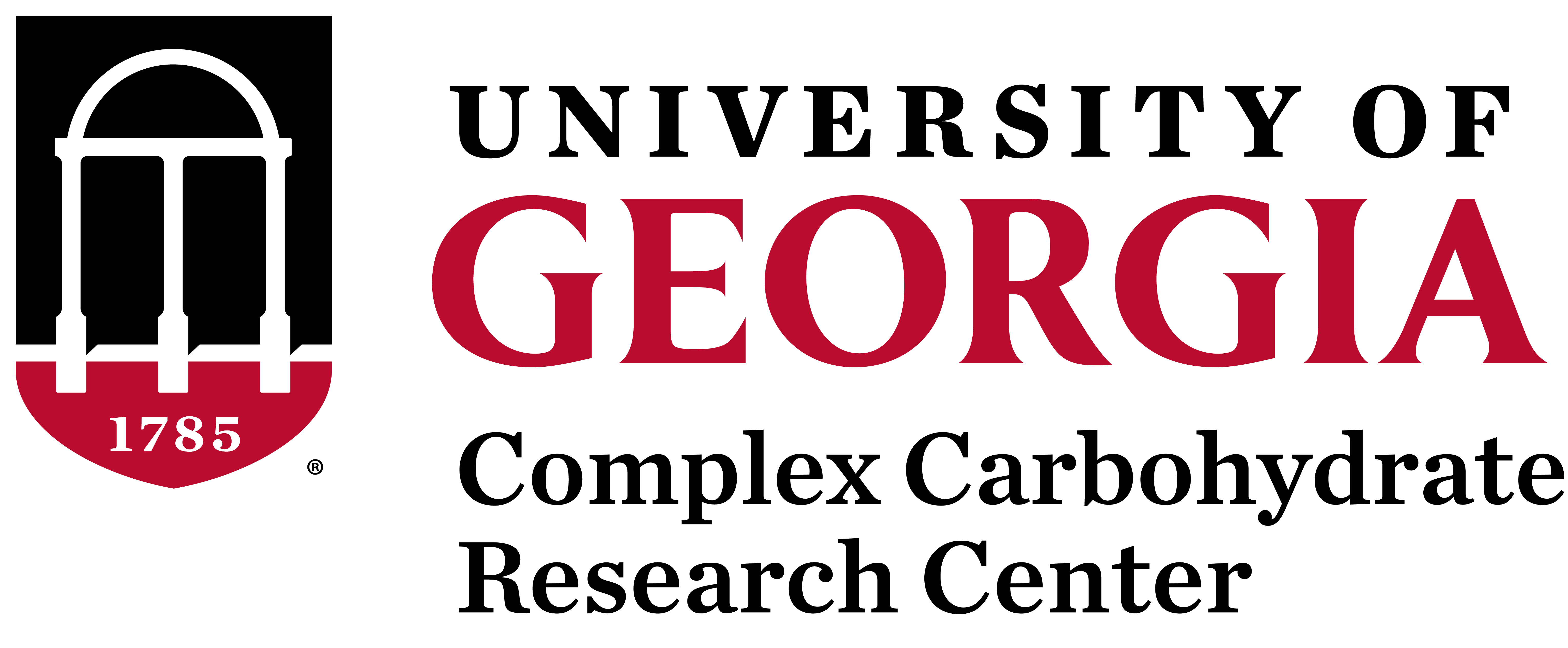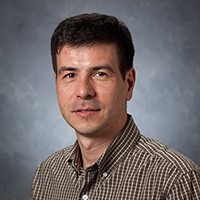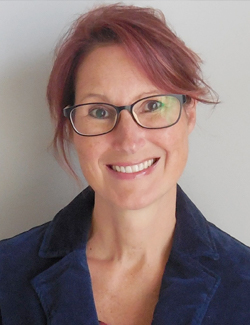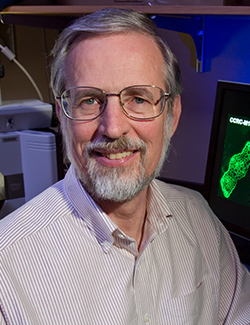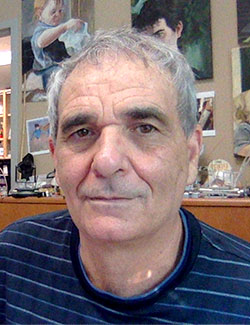Short Biography:
Dr. Carlson received his B.A. in chemistry from North Park College, Chicago, Illinois in 1968, and his M.S. and Ph.D degrees in biochemistry from the University of Colorado in 1974 and 1976, respectively. Dr. Carlson is Emeritus Professor of Biochemistry and Molecular Biology (BCMB), and of the Complex Carbohydrate Research Center (CCRC) at the University of Georgia (UGA), Athens, Georgia. Prior to retiring in 2014, Carlson was Professor of BCMB, Executive Technical Director of Analytical Services at the CCRC, and Adjunct Professor of Microbiology at UGA. His area of research is microbe-host interactions; specifically, the role that microbial cell surface carbohydrates have in determining the virulence of both animal and plant pathogens (and symbionts). He has nearly 200 peer-reviewed publications and his research was funded over the years by grants from the National Institutes of Health, the National Science Foundation, the United States Department of Agriculture, as well as contracts with the Centers for Disease Control.
Research Interests:
Research in Dr. Carlson’s group is focused on characterizing the molecular basis for the interaction between a bacterium and a plant or animal host cell. One system being studied is the symbiotic, nitrogen-fixing infection of host legumes by rhizobia bacteria. Carlson’s group also has projects directed toward characterizing the roles bacterial lipopolysaccharides (LPSs), lipooligosaccharides (LOSs) and capsular polysaccharides (CPSs) play in determining pathogenicity (in animal hosts) of such organisms as Salmonella enteritidis, Neisseria meningitidis, Hemophilus influenzae, Moraxella catahalis, and, recently, Bacillus anthracis. Both the plant symbiont and animal pathogen work are being undertaken in collaboration with several research groups in other universities. The following paragraphs briefly describe several of these projects.
The nitrogen-fixing symbiosis is a complex infection process in which the soil bacteria contain genes that are activated by flavonoid molecules produced by the host plant. These genes encode enzymes that synthesize a glycolipid, which is an acylated chitin oligosaccharide. In most cases, the glycolipids produced by each Rhizobium species are structurally modified, which results in their ability to interact only with a specific legume plant (e.g., Rhizobium leguminosarum biovar viciae infects peas but not alfalfa, while R. meliloti infects alfalfa but not peas). This molecular “recognition” process results in the stimulation of cell division in the legume root causing a nodule to form. The cells in this nodule are invaded by the rhizobia and are where nitrogenase is produced that reduces dinitrogen to ammonia. Other molecules on the surface of rhizobia are required for invasion of the root nodule cells by these bacteria. These are the outer membrane LPSs and CPSs. Specific structural changes occur in these molecules in response to the host plant which are crucial for infection. These structural changes and the genes responsible for them are presently under investigation by Carlson’s research group. Knowledge gained in understanding the molecular basis for Rhizobium-legume symbiosis may lead to improving the yield of important legume crops and increasing the fertility of soil for non-legume crops. Besides the potential benefit to crop yield and soil fertility that may be gained from new knowledge about Rhizobium-legume symbiosis, these studies also have a bearing on how the plant’s defense mechanism is regulated so that the growth of the bacteria is controlled by the host to establish a symbiotic rather than a pathogenic relationship. Details of this work are described in several relevant publications that are referenced below.
Carlson’s group, in collaboration with Dr. David Stephens at Emory University, has also worked on determining the structural basis for the virulence functions of the cell surface lipooligosaccharide (LOS) and capsular polysaccharide (CPS) from Neisseria meningitidis. These molecules contain novel structural features that inhibit the host’s defense response. In the case of the LOS these structural features include the synthesis of host-like structures to camouflage the bacterium, as well as modifications that inhibit serum killing, etc. The CPS structures also protect the bacterium from the host defense reponse as they are poorly immunogenic. However, it is known that isolated CPS can be conjugated to proteins and have proven to be effective vaccine antigens that prevent infection by several types of N. meningitidis. Thus, the objective of this work is to identify the virulence functions of LPS and CPS structures as well as identify optimal structures for the development of vaccine antigens. Several publications describing this work are in referenced below.
Carlson’s group, in collaboration with Dr. Conrad Quinn at the Centers for Disease Control and Dr. Geert-Jan Boons of the Complex Carbohydrate Research Center at UGA, is working on determining if there are potential carbohydrate structures in the cell wall of Bacillus anthracis that can be used for the development of therapeutics, vaccines, and diagnostics. Ever since the anthrax attacks surrounding the events of 9/11, there has been, as part of the biodefense initiative, a great deal of focus on the development of novel therapeutics, vaccine antigens, and diagnostic agents for the treatment, prevention, and identification of B. anthracis infections. The cell surface polysaccharides that surround the bacterial cell or are part of its cell wall are well documented virulence factors, they have been used for the preparation of commercially available vaccines for the prevention of a number of bacterial diseases, and they are also known to be the basis for the serotyping of numerous bacterial pathogens; both Gram-positive and Gram-negative. Therefore, B. anthracis cell wall carbohydrates were investigated to determine if they also have potential in these areas. Bacillus anthracis is a member of the B. cereus group of bacteria; all of which are quite closely related as determined by comparing genome sequences. Laboratory-grown cultures of B. anthracis produce very few cell wall carbohydrates. In fact, only two major carbohydrates have been characterized. One is from a coating that surrounds the spore, called the exosporium. It is an oligosaccharide that covers a collagen-like protein called BclA. The structure of this oligosaccharide was determined by the group of Charles Turnbough at the University of Alabama, Birmingham. This structure, various structural analogs, and their protein conjugates have been synthesized by the group of Geert-Jan Boons at the CCRC and immunochemically characterized in collaboration with Conrad Quinn at the Centers for Disease Control. A second is a cell wall polysaccharide from the vegetative cell wall of B. anthracis. The structure of this polysaccharide as well as that from closely related B. cereus strains that are pathogenic have been characterized at the Complex Carbohydrate Research Center. Both the structural and immunochemical analyses of these cell wall carbohydrates support their potential for the development of vaccines and diagnostics. In addition, the data also indicate that these carbohydrates may be important for the virulence of this pathogen.
Dr. Carlson’s research has been supported by the U. S. Department of Agriculture, the National Science Foundation, and the National Institutes of Health.
